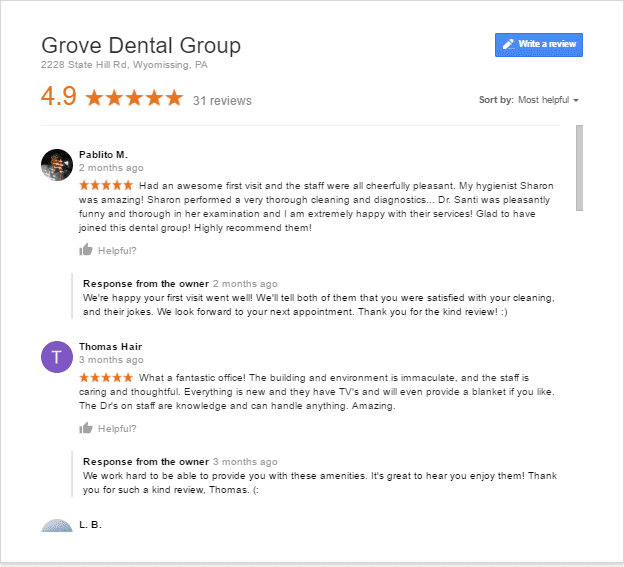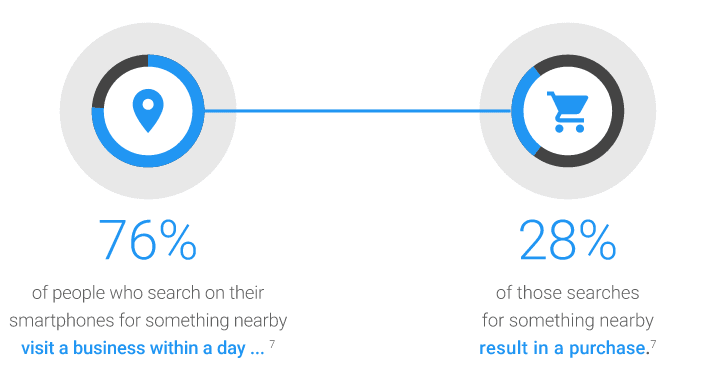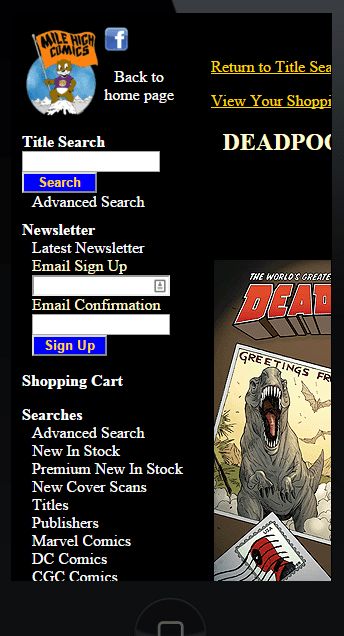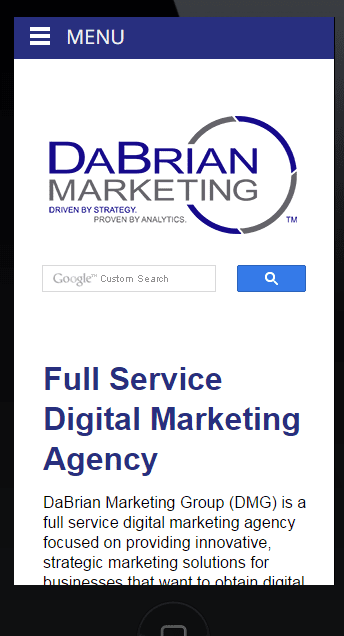In November of 2016, Google announced mobile-first search engine results. Combine that fact with 51% of Americans (that’s about 150 million people) use their mobile devices to research healthcare information. If you handle healthcare marketing or looking to grow your healthcare practice, it’s time that you get on the bandwagon or risk being run over!
Mobile Friendly Healthcare Marketing
Mobile users within the US are using smartphones to search for healthcare related information ranging from health conditions, refilling prescriptions, and shopping for health or medical products. These potential new patients must be able to easily navigate your mobile website and get to the desired information.
Connect with Local Patients Online
People are looking for healthcare information and medical products. The closer to your healthcare practice, the greater the likelihood of turning them into new patients. Clearly communicating your healthcare products, services, and doctor expertise across all devices, improves your opportunities to grow. Ask patients for reviews to your local listing such as Google My Business, Facebook, and Yelp to increase your exposure to potential patients.

Create Content to Demonstrate Healthcare Expertise
35% of people go online to self-diagnose their symptoms. Healthcare marketers and medical practices have an opportunity to provide people with unique information to support your expertise and educate them. The content should follow SEO best practices to enhance visibility in the search engine results.
Create Content to Demonstrate Healthcare Expertise
Tell people why your healthcare practitioners are unique and what value your healthcare practice provides. Show some personality by engaging with your existing and potential patients on social media. Don’t just put your branding and mission on paper, demonstrate them with action within your community, as well as your area of expertise.





